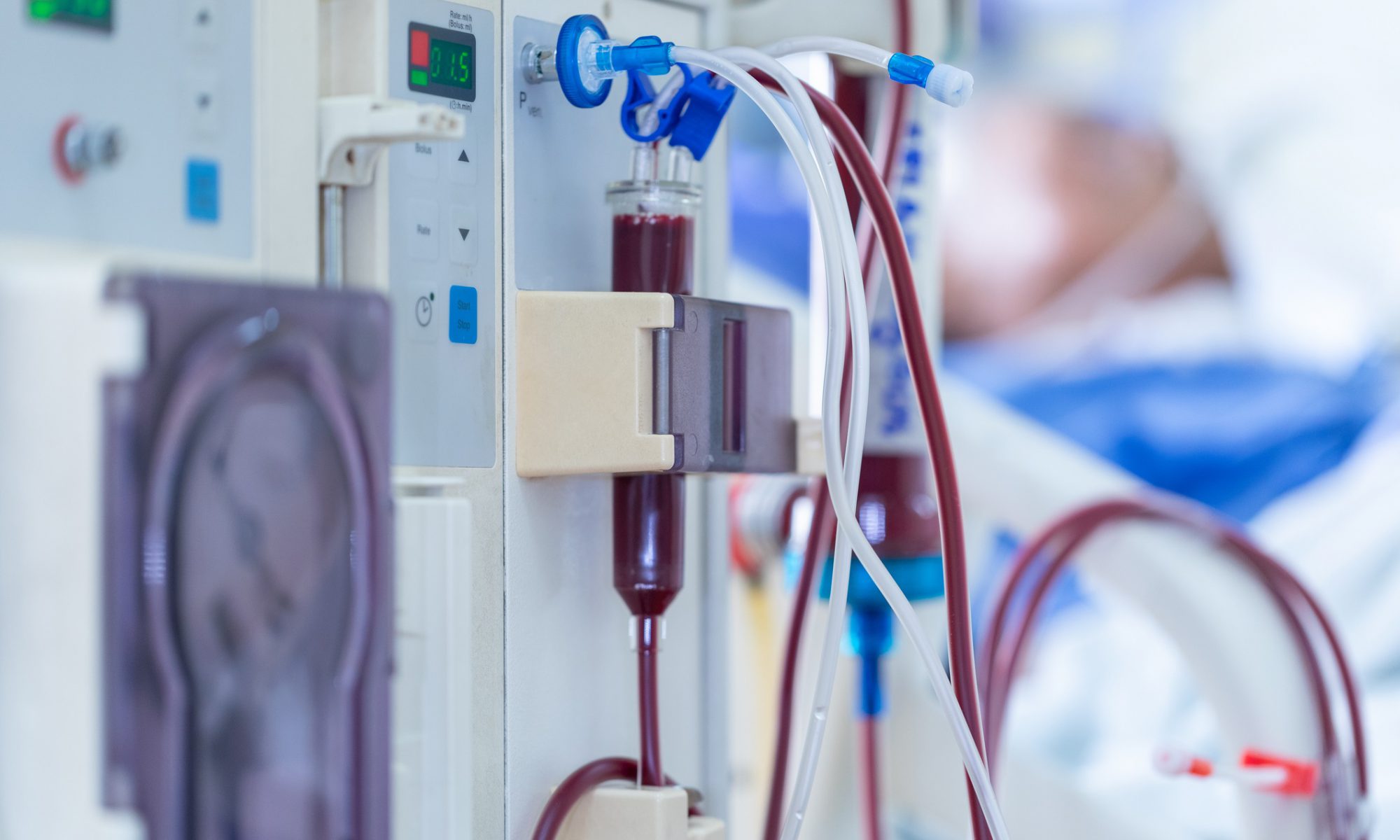Researchers at the Center for Dialysis Innovation are working to change the way kidney disease is managed
On March 15th, Glenda Roberts, Director of External Relations and Patient Engagement at the Center for Dialysis Innovation (“CDI”) and the Kidney Research Institute at the University of Washington spoke on our webinar, Innovations in Kidney Care. Glenda shared CDI’s work developing an artificial, wearable kidney – a potential alternative to traditional dialysis. This article has been adapted from her presentation. Note that the “AKTIV” is still experimental and has not been fully tested or approved. Read more on CareDx.com.






